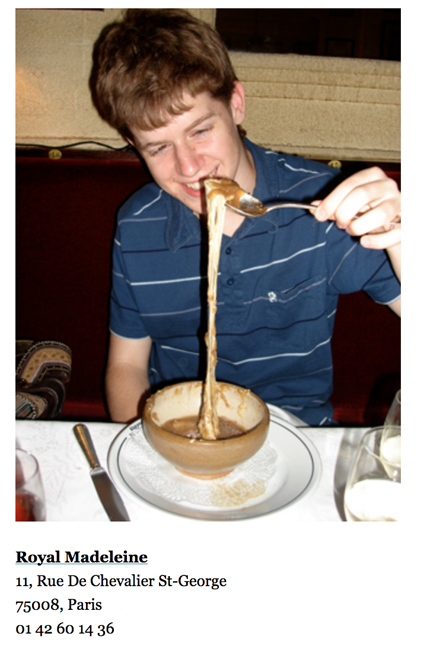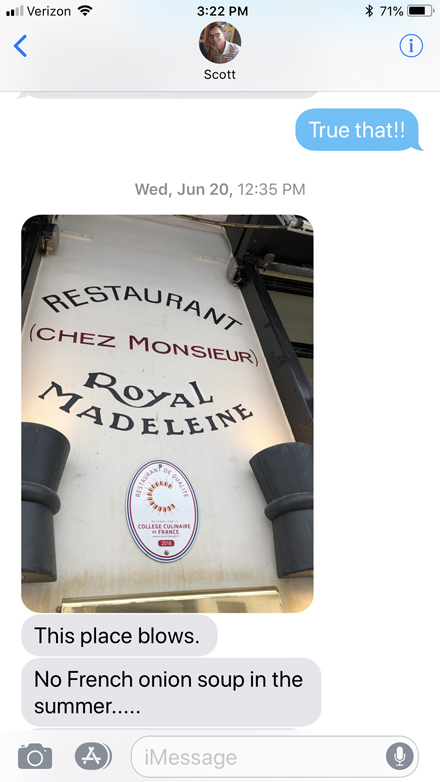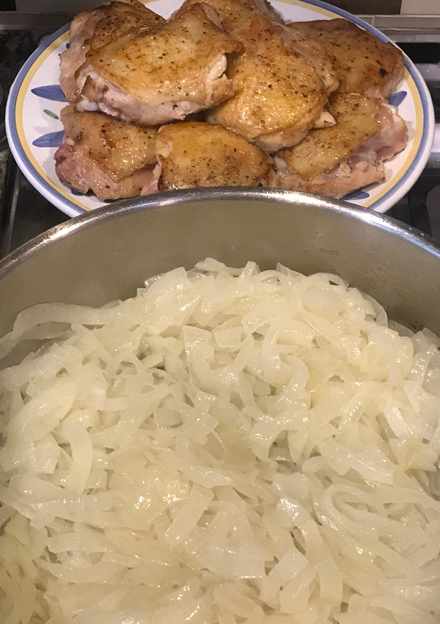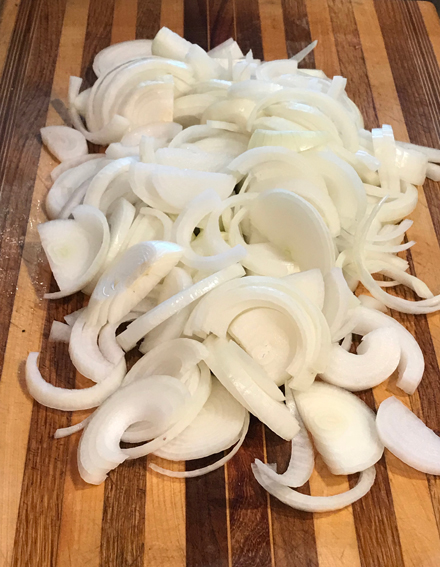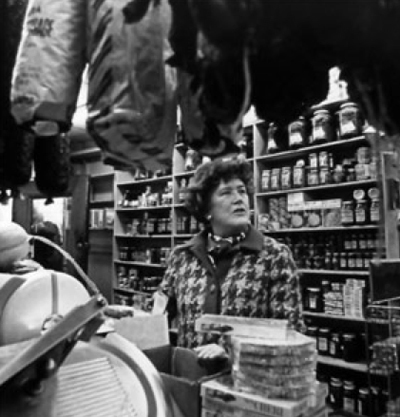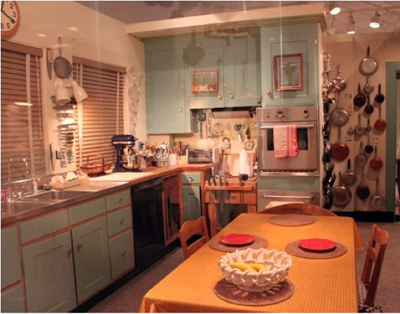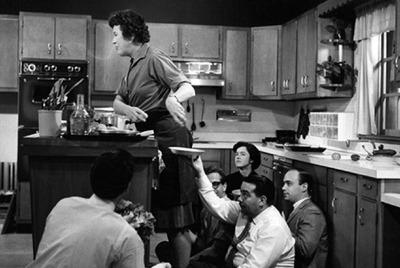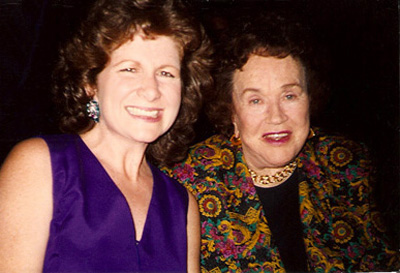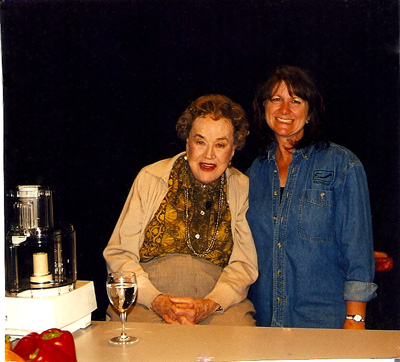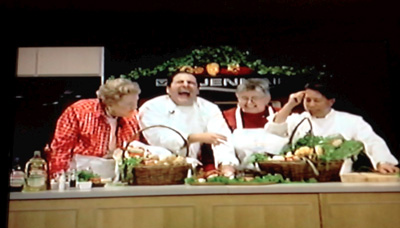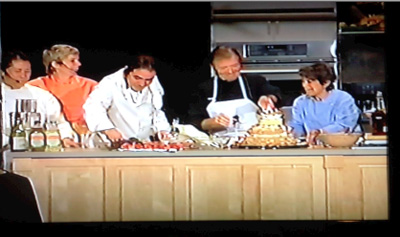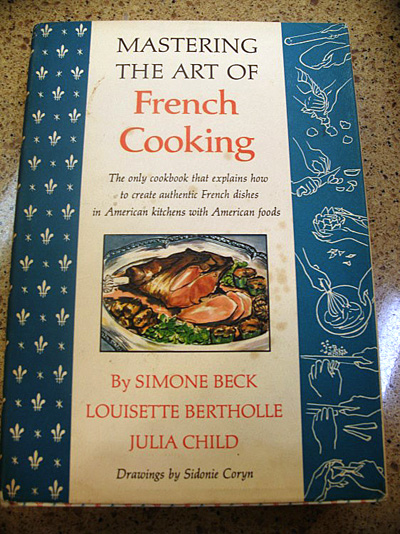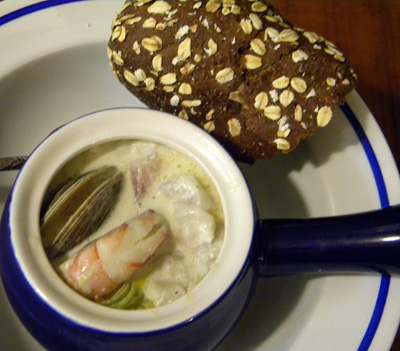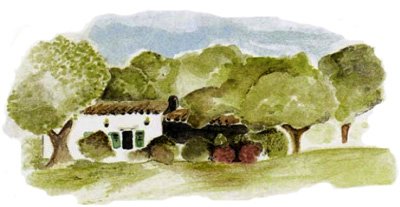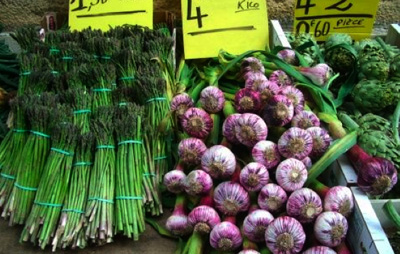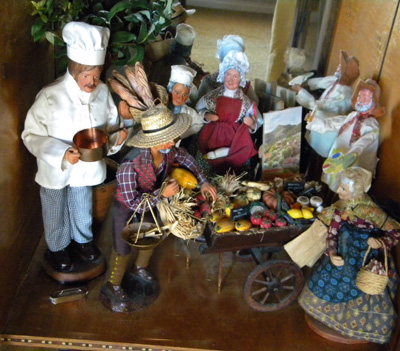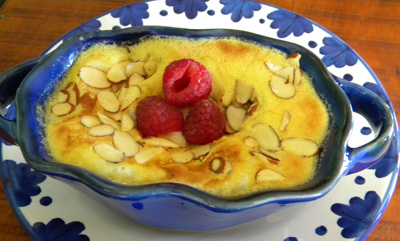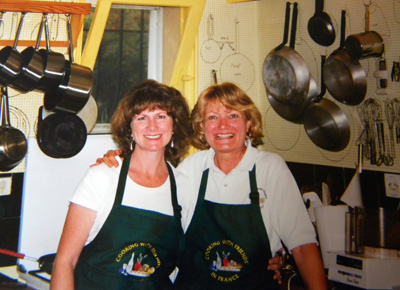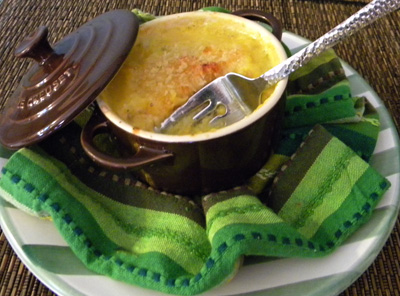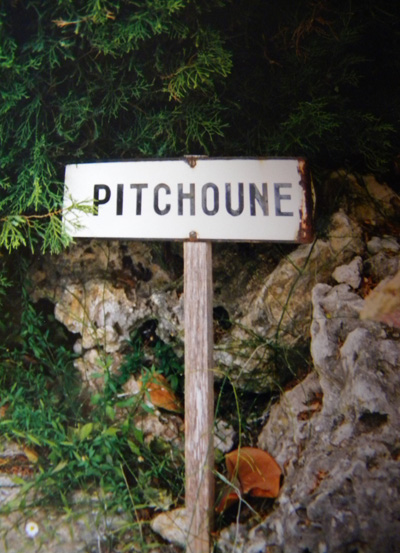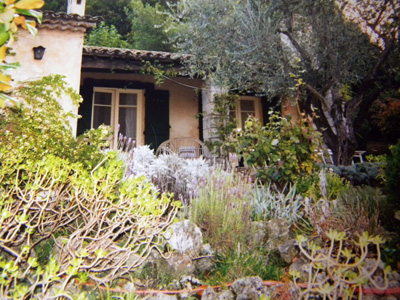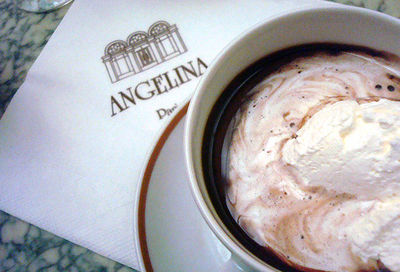soup, an anniversary and Paris
It is well known that I love soup. French Onion Soup is at the top of my list. I have been craving it since my dear friends, Scott and Amy Kilpatrick, went to Paris to celebrate their 25th Anniversary back in June.
While planning their trip, they asked me for recommendations on where to eat and things to do. I sent them This Link to one of my blog posts from nearly 8 years ago.
At the top of my must-eat list is the French Onion Soup at Royal Madeleine. They went and I was soon receiving texts that the restaurant does not serve the soup in the summer.
Dang, it! I had no idea. I cropped off more of Scott’s text since it was too derogatory and obscene towards “French Frogs” for me to repeat here. I do love him, he’s a funny and adorably sarcastic guy! And Amy is just the sweetest, I adore her and you already know her too. She is The Amy of Amy’s Famous Taco Soup.
Anyhow, the last time we were there it was late May and the soup was on the menu. I guess it comes off at the end of May. It made me sad they missed out but I understand. I don’t enjoy soup as much in the heat of summer either, which is why, even though I’ve been craving it for months, I have yet to make it.
Well, I tamed a bit of the craving when I made this French Onion Soup inspired recipe for our Sunday supper. I should have thought to invite Amy and Scott over to make up for their disappointment.
A few notes before we get to the recipe. Do not rush to process caramelizing the onions. It takes time, about an hour, to get them just right. In the photo above, they had been cooking for 45 minutes. I had browned off all the chicken in the meantime. It took another 5 minutes or so after that for them to get even the slightest bit of color.
But then, just like that, they were done about 10 minutes later. It will happen. Don’t get frustrated.
Also, don’t fret about the chicken not being cooked through when you’re browning it. It will cook to perfection in the oven later, I promise.
Lastly, four pounds of onions is a lot of onion! You’re going to need a very large skillet to not only cook them all down in but to also fit all the chicken thighs in one layer. If you don’t have a big skillet, the reicpe can easily be cut in half. And I call for 8 to 10 chicken thighs, because when you buy the family pack from the grocery store, that is what you get, somewhere between 8 and 10 thighs per package.
August 28, 2018 1 Comment
Happy Birthday, Julia
American legend, Julia Child, would have turned 100 today. Julia died two days shy of her 92nd birthday in 2004.
Photo by Hans Namuth
Gelatin silver print, 1977
National Portrait Gallery, Smithsonian Institution
In 2001, Julia Child donated the kitchen from her Cambridge, Massachusetts home to the Smithsonian’s National Museum of American History, in Washington, D.C. It includes the cabinets, appliances, cookbooks, pegboard, kitchen table, and hundreds of her kitchen utensils and gadgets.
Julia’s turquoise kitchen had been on display from 2002 until this past January. The National Museum of American History will temporarily reopen the exhibit today through September 3, 2012, in honor of her birthday. It will be open again permanently in November 2012 and will anchor an expanded food exhibit.
Additionally, 100 restaurant chefs across the country have been firing up their ovens all week to honor Julia’s amazing culinary legacy. Four of our own Valley chefs are participating. CLICK HERE to read about some of their fond and funny memories of Julia and then drool over their menus, especially the one at Quiessence at the Farm at South Mountain. The tribute dinner there has been organized and will be hosted by our Phoenix Chapter of Les Dames d’Escoffier International, the chapter of that I am a founding member. So sorry to be missing it!
As I’ve mentioned before, I too, had the pleasure of meeting and later working with the incomparable Mrs. Child.
1994 in San Francisco
2001 in Minneapolis
Believe me, I know how very blessed I am to have had that honor.
Here are two photos from the IACP Culinary Concerts from when I was the producer.
Julia Child, Emeril Lagasse, Shirley Corriher, and Martin Yan on stage in Providence, Rhode Island on March 29, 2000
In this photo, the chefs were choosing ingredients for a signature dish they were going to make together. Martin had pulled out a bunch of cilantro and handed it to Emeril. Emeril showed it to Julia and she matter-of-factly said, “I don’t like cilantro.” Emeril said, “No cilantro, then!” as he tossed it back into the basket in front of Martin. Martin made some comment and tossed the cilantro into the audience and obviously, it struck Emeril’s funny bone!
Martin Yan, Mary Sue Milliken, Emeril Lagasse, Jacques Pépin, and Susan Feniger in San Diego on April 18, 2002
Julia was scheduled to perform with these great chefs, but wound up with a bout of bronchitis. Here the chefs are making a birthday cake (a few months early) in her honor.
I am also privileged to own an autographed first edition of Mastering the Art of French Cooking, an amazing treasure.
I have brought along the new Julia Child biography, Bob Spitz’s “Dearie: The Remarkable Life of Julia Child” to read on my Alaskan trip. Can’t wait to dive into it.
August 15, 2012 1 Comment
seafood and Simca
Today’s recipe is another one of the many scrumptious creations we made during our week-long stay at La Pitchoune. It is adapted from Simon Beck’s Marmites of Seafood with Creamy Leeks from her cookbook, Simca’s Cuisine. A marmite is a French-covered crock, by the way.
Simon Beck was Julia Child’s friend and co-author of Mastering the Art of French Cooking. Simon (also known by her nickname, Simca) and her husband, Jean Fischbacher, owned the property that Julia and Paul built their Provençal home on in 1963, near the town of Plascassier, in the hills above Cannes. Julia and Paul named it La Pitchoune – affectionately known as La Peetch. Pitchoune is a Provençal word meaning “the little one” which is apt since it is a small house, just up a small hill from Simca’s larger home.
You can read all about those wonderful years in Julia’s final book, the autobiographical My Life in France, published posthumously in 2006 and written with Paul Child’s nephew, Alex Prud’homme. The book recounts Julia’s life with Paul in post-World War II France.
The film, Julie & Julia, directed by Nora Ephron, was adapted from Julia’s memoir My Life in France and from Julie Powell’s memoir, Julie & Julia: My Year of Cooking Dangerously, the film was released in the summer of 2009.
If you would like to learn more about possibly taking the week-long cooking classes at La Pitchoune, you can visit Kathie Alex’s website, Cooking with Friends in France, and download the brochure to get all the details. Above is a pretty little watercolor picture I found of the La Peetch, on the site… great memories, good times!
October 13, 2010 3 Comments
asparagus and santons
So many of the dishes we made during our stay at La Pitchoune were from famous French chefs and cookbook authors. This vegetarian dish, from Michel Richard, was amongst our favorites.
Another of my favorite things discovered on that first trip to France was the Santons that are so prevalent throughout Provence. There are actually two styles of Santons, small painted clay figurines or larger clothed clay dolls, it was the dolls that were displayed in La Pitchoune that I fell in love with. Authentic French Santons are hand-crafted in Provence. They represent traditional Provencal characters that existed a few hundred years back in all villages in the South of France. They are made with clay and painted by hand one by one with real-life details.
The origin of the Santons goes back to the French revolution; Santon meaning “little saint” were traditionally used in churches at Christmas time around the “crèches” or nativity scene where they represented characters from the bible and as a result attracted large crowds mostly in the Provence region. In 1789, when the French government abruptly closed all churches, the parishioners were distraught and sought solace in recreating their own nativity scenes which included Santons in their homes. The characters grew from the traditional members of the nativity to the members of life throughout everyday Provincial life, from the baker to the bricklayer. The tradition was strong over the years and today Santons are a part of life in Provence.
The first picture farther above is of Julia and Kathie’s collection… and this second collection is mine. From left to right; tall male chef with a copper pot, a female baker with a huge basket of baguettes, a smiling bonneted woman carrying a duck in a basket, a male artist with a pallet and brunch along with his easel and painting, an angry-looking old bonneted woman shopping at the market, and finally a sweet vendor at the market with his vegetable cart carrying a scale. Below is the last Santon photo, a more traditional set of the Magi that is always on display in our dining room but is set out to hold a more prominent place during Christmas.
October 12, 2010 3 Comments
sabayon
Another fantastic food memory from our trip to the south of France in 1997, is a decadent dessert we were served upon our arrival at La Pitchoune by the proprietor, Kathie Alex. (pictured below with me in Julia’s kitchen – check out the outlined pegboard) The dessert was a Roger Vergé’s Gratin of Raspberries with Sabayon. Just to put it over the top, Kathie served it with a scoop of vanilla ice cream on the side! You can too if you must.
Sabayon is a French sauce, but the Italians know it as Zabaglione sauce. It can be made in both a sweet or savory variation. Traditionally, sabayon is made with Marsala wine, but any spirit such as rum, brandy, triple sec, or cognac may be substituted. Kathie’s version used a raspberry l’eau de vie, such as Chambord. It was lovely, but a bit strong for my taste, so I’m using Grand Marnier. When raspberries are hard to find, use any fruit you please, a mix of sliced strawberries and orange segments would be perfect. Don’t these gorgeous fruits at the French market just make your mouth water?!
[Read more →]
October 11, 2010 2 Comments
Gratin and France
Ahh, the cooler weather has finally arrived in the desert. I am desperately craving fall foods in the worst way, especially this wonderful dish that Dave and I first enjoyed nearly 13 years ago, on our first trip to France. What a trip it was…
We arrived in Paris on a crisp mid-October evening and were in awe from the very first second. After spending two days in the “City of Light”, we boarded the EuroRail (high-speed train) headed for Cannes in the south of France. There, we rented a car and drove to our destination for the next week, a cooking school in Julia Child’s former Provençal home, La Pitchoune.
I shall share more of our story throughout the month of October, (my favorite month of the year) but for now, the recipe for Gratin de Courge Provençal.
October 9, 2010 No Comments
La Ville-Lumière
Paris – “The City of Lights”
The nickname was first attached to Paris because it was a center of education and ideas during the Age of Enlightenment and then later due to its early adoption of street lighting in the late 1800’s. The city is laid out in twenty clockwise-spiraling arrondissements (municipal boroughs) so it’s actually quite simple to navigate. A trick to remember; the last two digits of the postal/zip code are the arrondissement your address is in.
My friend, Kim Howard, will be going to Paris soon and asked for the names of places where we like to stay and dine. I had put this list together for a student after we last visited in 2008. Of course, there are wonderful links to all sorts of Paris/France websites and blogs over there on the right-hand side of the page under “French Stuff I Love.” After this recipe – my rendition of hot chocolat from Angelina’s, you will find some of our family’s must-see and must-do Parisian treasures. And if you love Paris as we do, please leave a comment (with links, if possible) with your favorites!
Le Chocolat à L’Ancienne dit “L’Africain”
(literally, “hot chocolate once called African”)
3/4 cup whole milk
1/4 cup heavy whipping cream
2 teaspoons powdered sugar
4 ounces finely chopped 72% bittersweet chocolate (such as E. Guittard 72% Bittersweet)
Cold fresh whipped cream
Combine milk, heavy cream, and powdered sugar in a heavy saucepan and place over medium-high heat until bubbles appear around the edges of the pan.
Remove from heat and add chocolate. Stir until chocolate is melted. Return to low heat, if needed, to melt the chocolate completely.
Serve topped with whipped cream.
Serves 1
September 10, 2010 5 Comments


